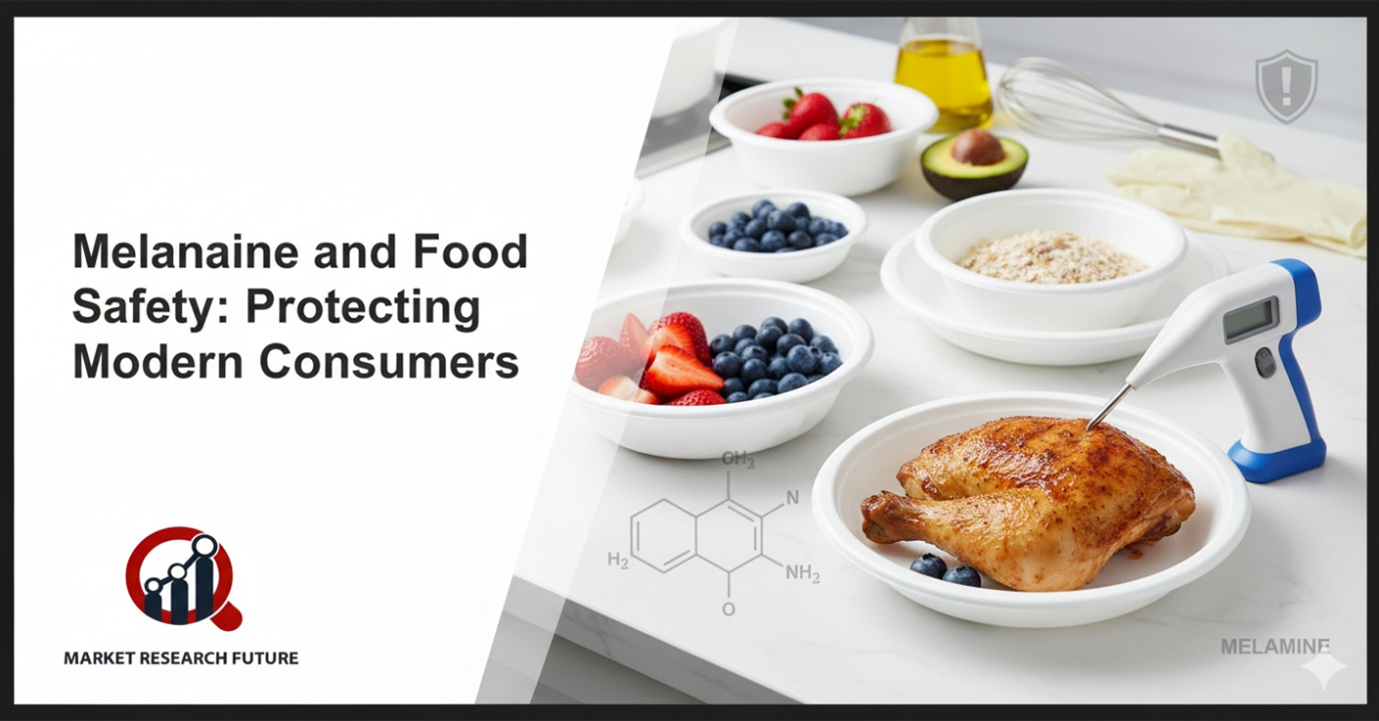Melamine: Making an Impact with Food and Safety Trends

Melamine is a drug that is used in many industries and has a messy past when it comes to food safety. It is commonly used to create plastics, laminates, and coatings, but it has been found in food products by mistake or on purpose, which has raised serious health concerns in the past. Figuring out what melamine does now is very important for keeping customers safe and making sure that production processes are safe.
What is Melamine?
The nitrogen-rich substance melamine is used in many fields because it is strong and lasts a long time. It's not meant to be eaten. However, past events, such as the milk scandal of 2008, showed that some makers abused it to falsely boost protein levels. This showed that food safety practices aren't always complete and emphasized how important it is to keep a close eye on supply lines.
Tips for Keeping Food Safe
The scandal of 2008 woke up the food business around the world. It stressed how important it is for food production to be open, have the right tests, and be able to be tracked. These days, melamine and other contaminants are found before they reach consumers thanks to improved lab tests and government oversight. More than ever, producers are responsible for making sure that goods are safe and of high quality.
How to Handle Things These Days
Melamine Industries can only use food-grade melamine under strict rules, keeping it away from goods that people eat. To lower the chances of contamination, safer alternatives and long-lasting methods are being looked into. New technologies, like AI-powered quality checks and blockchain for tracking ingredients, make it easier to keep track of goods from the farm to the store shelf.
Keeping safety and industrial use in balance
In plastics, laminates, and coats, melamine is still very important. Safety is ensured, though, by keeping food applications far away from other uses. Keeping this balance while still meeting production goals is helped by ethical practices, clear labels, and regular testing.
In the end
Melamine's story shows how important it is to find a balance between safety and commercial use. Even though it is still useful in industry, consumers are safe thanks to strict rules, moral behavior, and improved monitoring. Today's food safety rules let businesses come up with new ideas while still putting public health first.

Leave a Comment